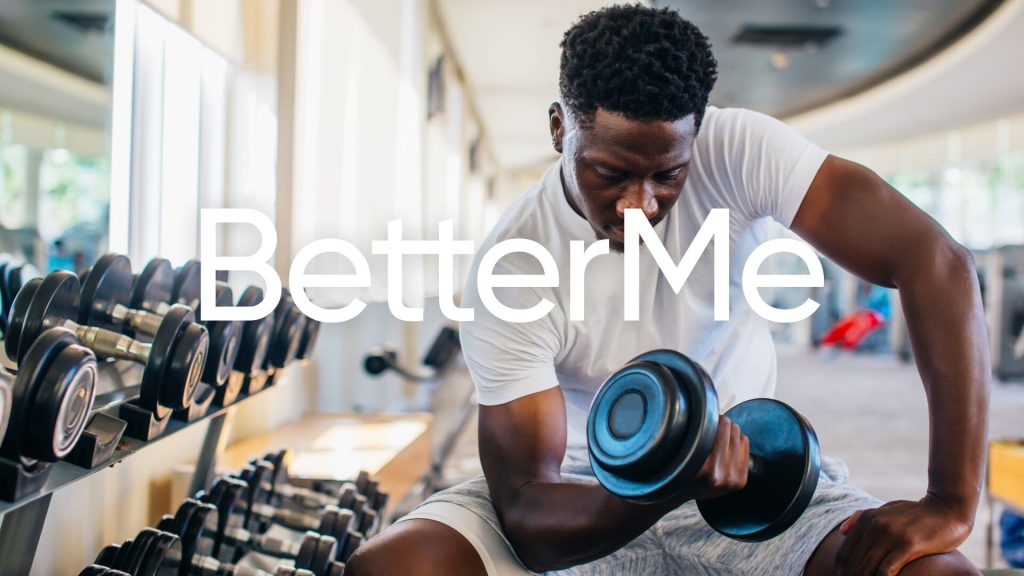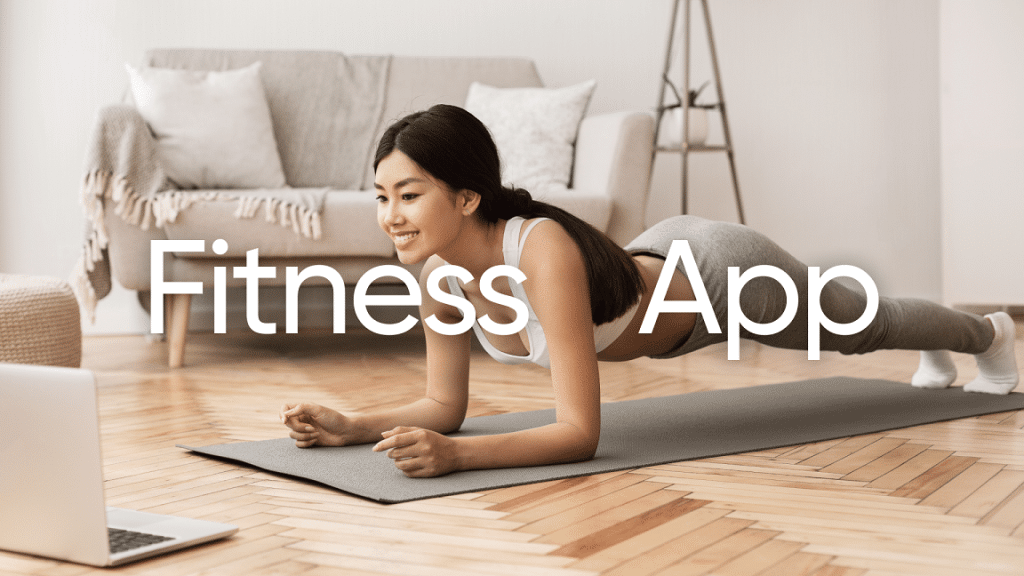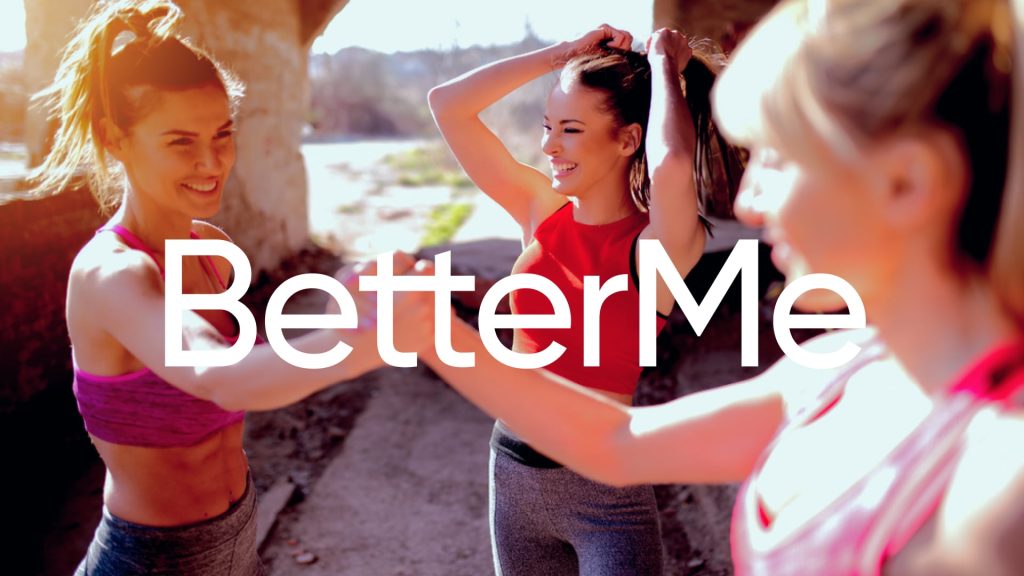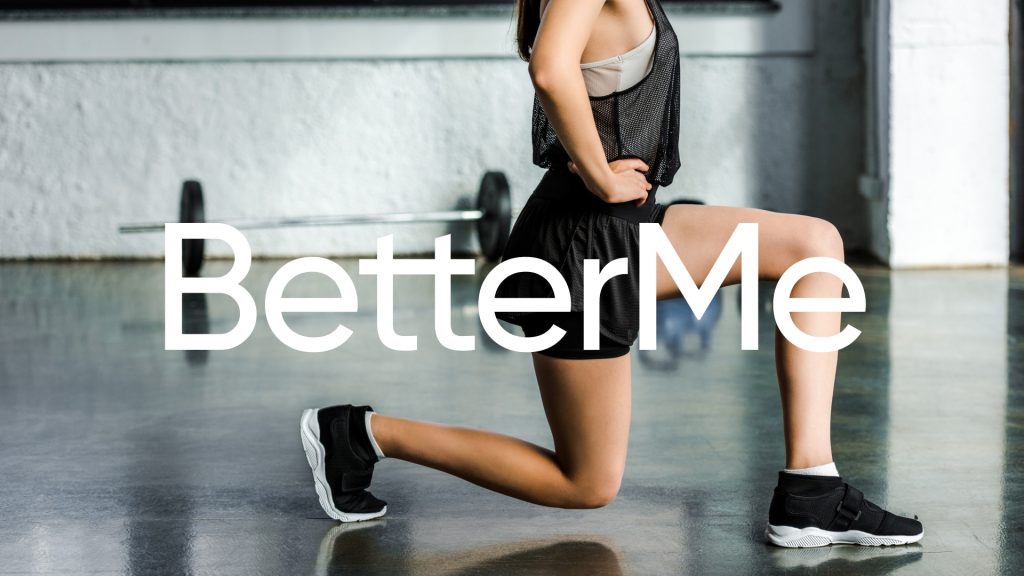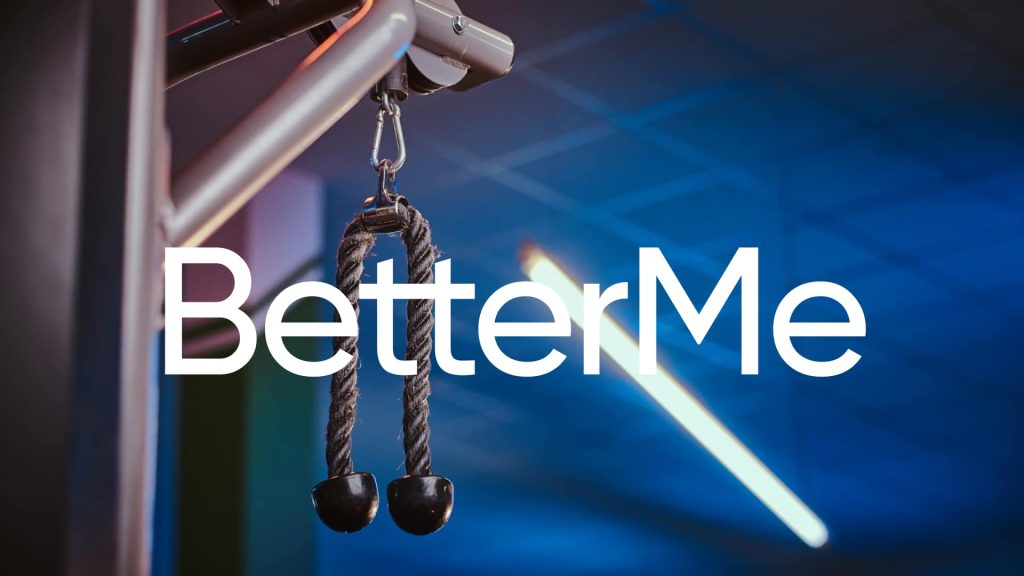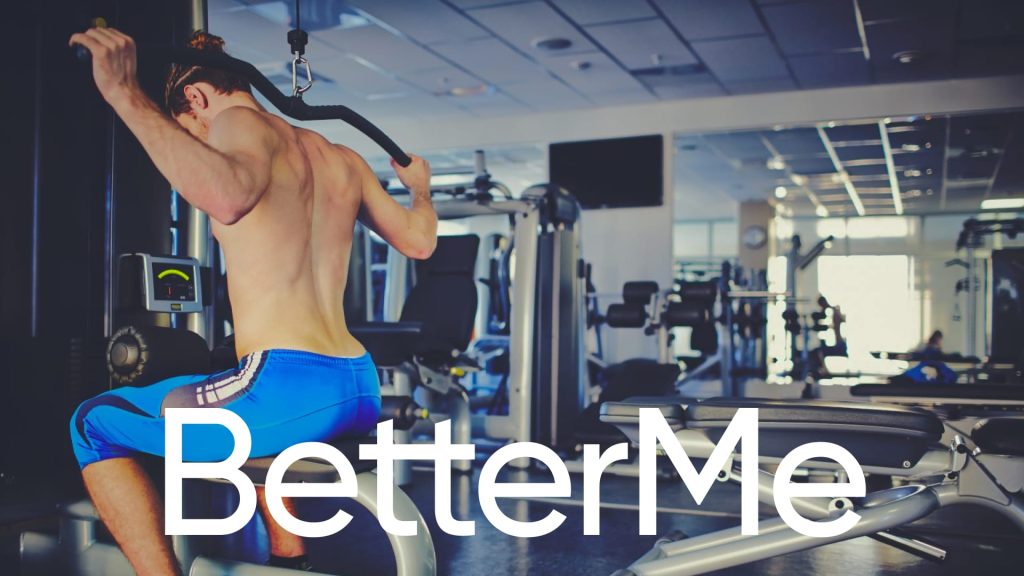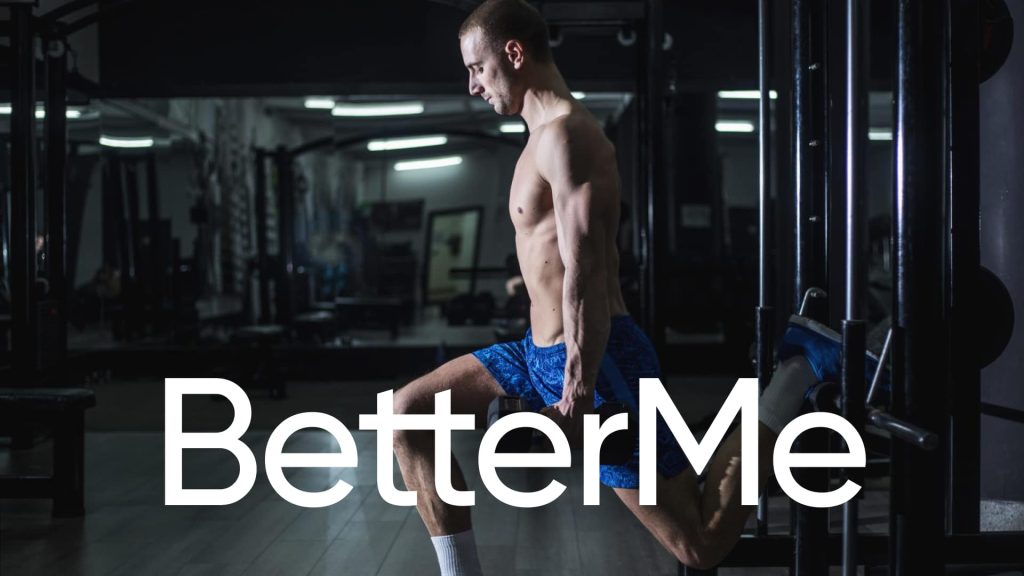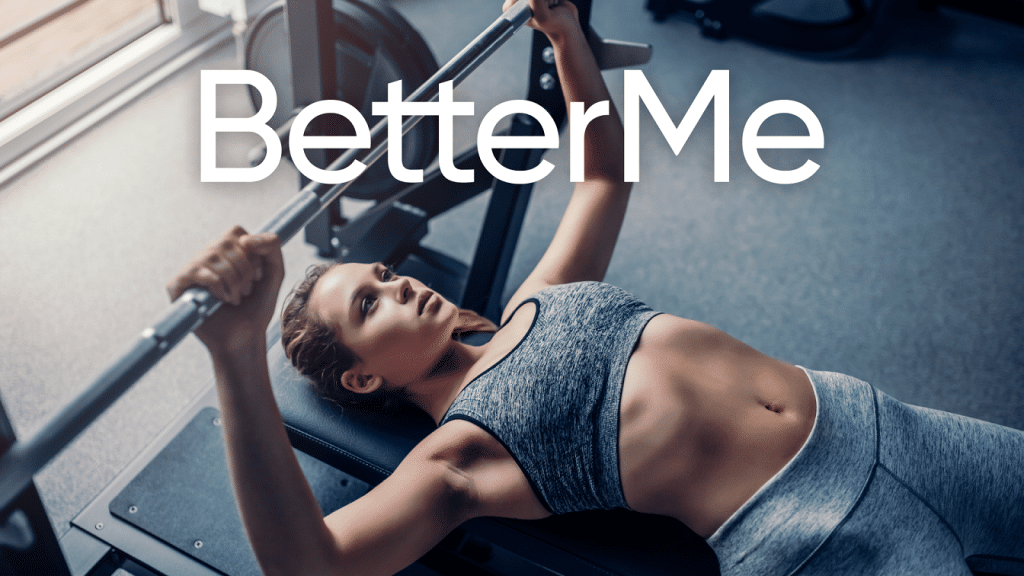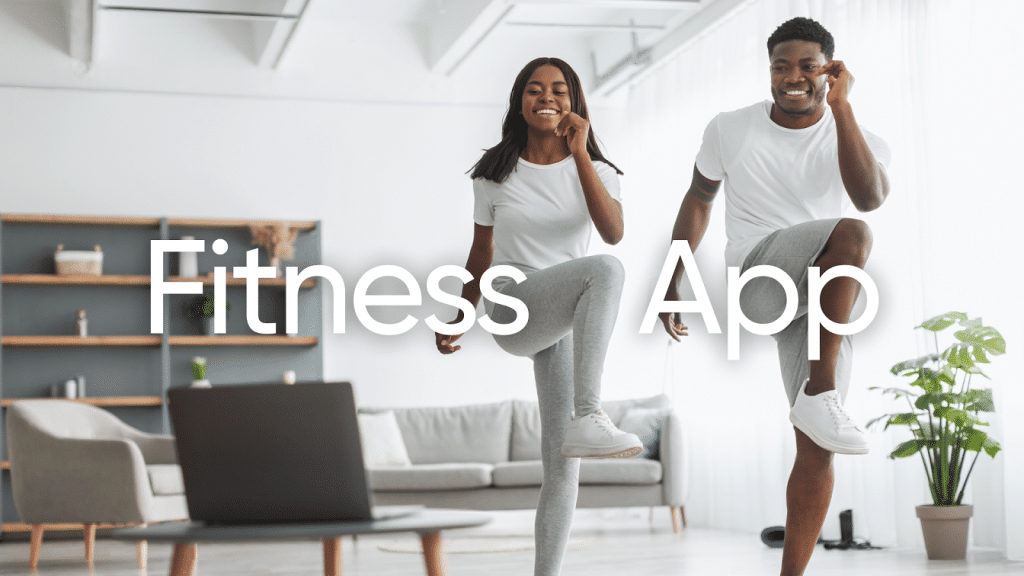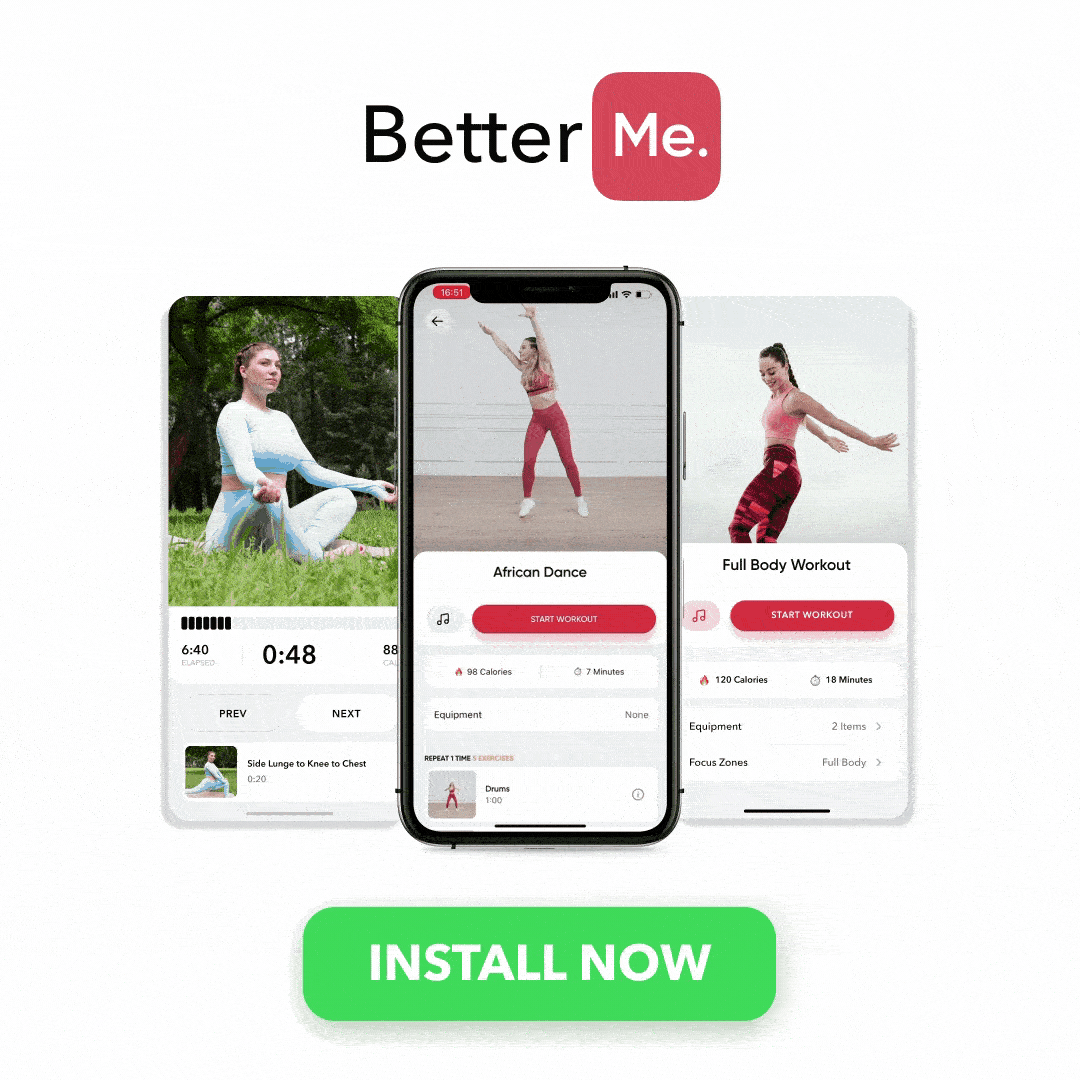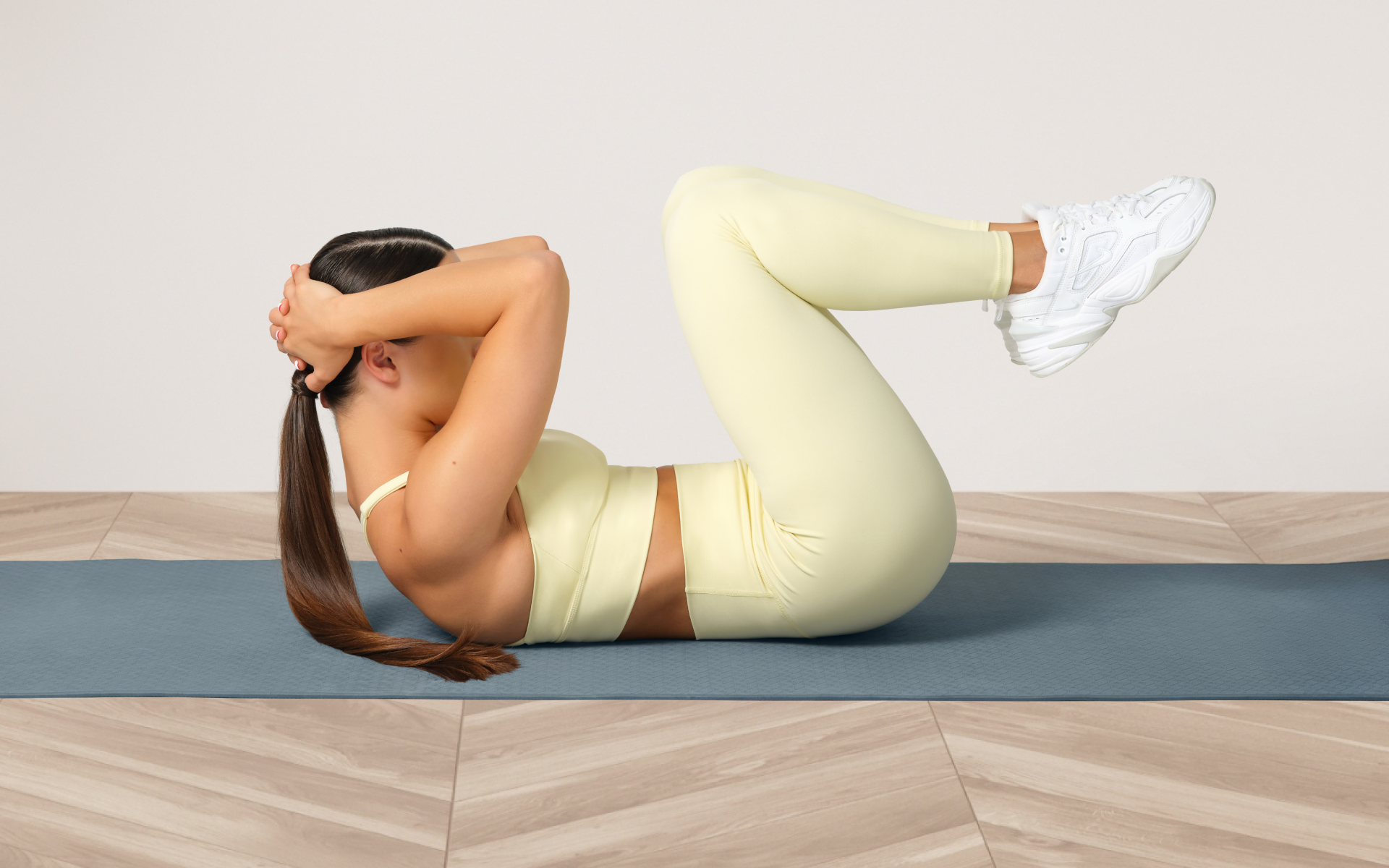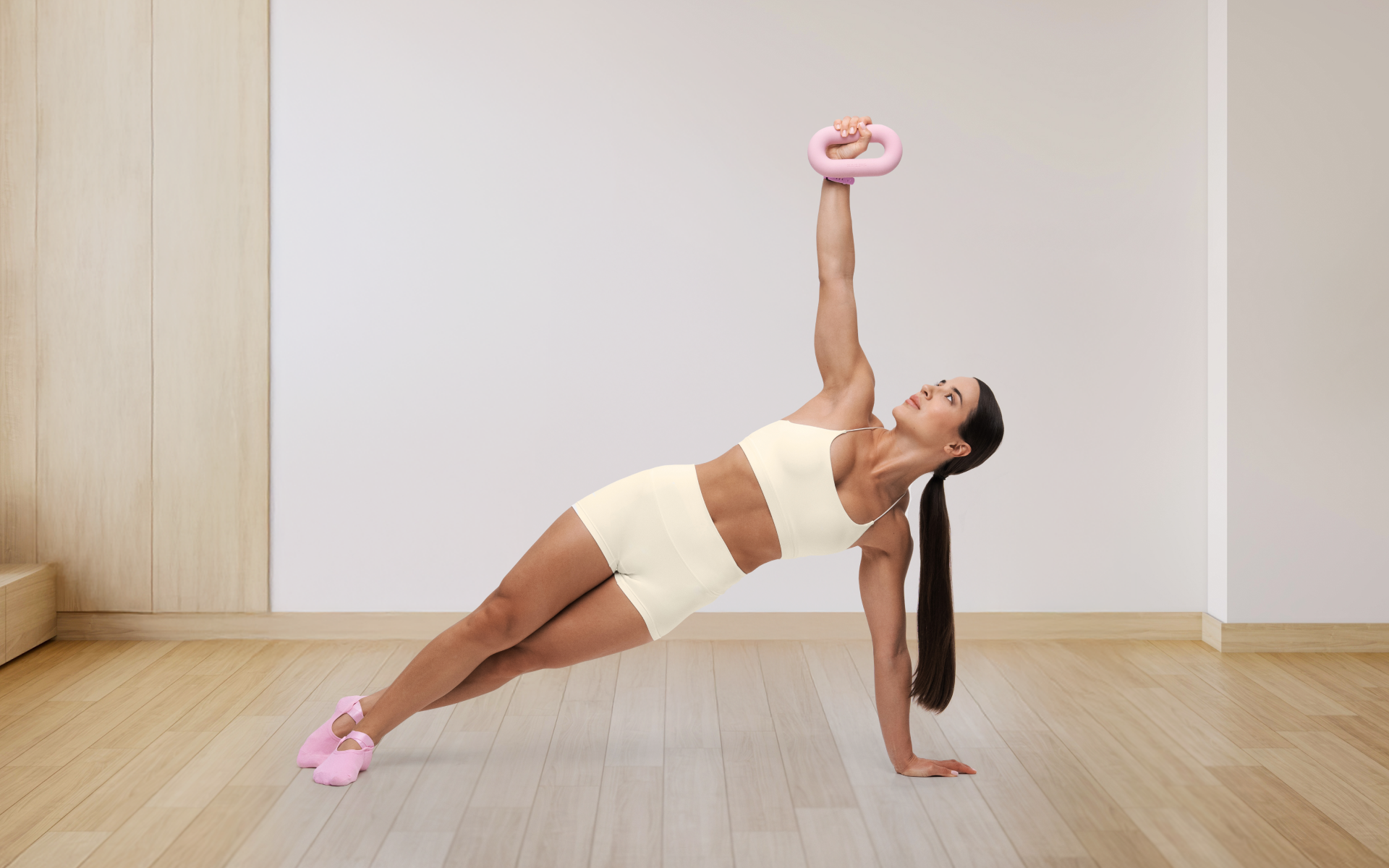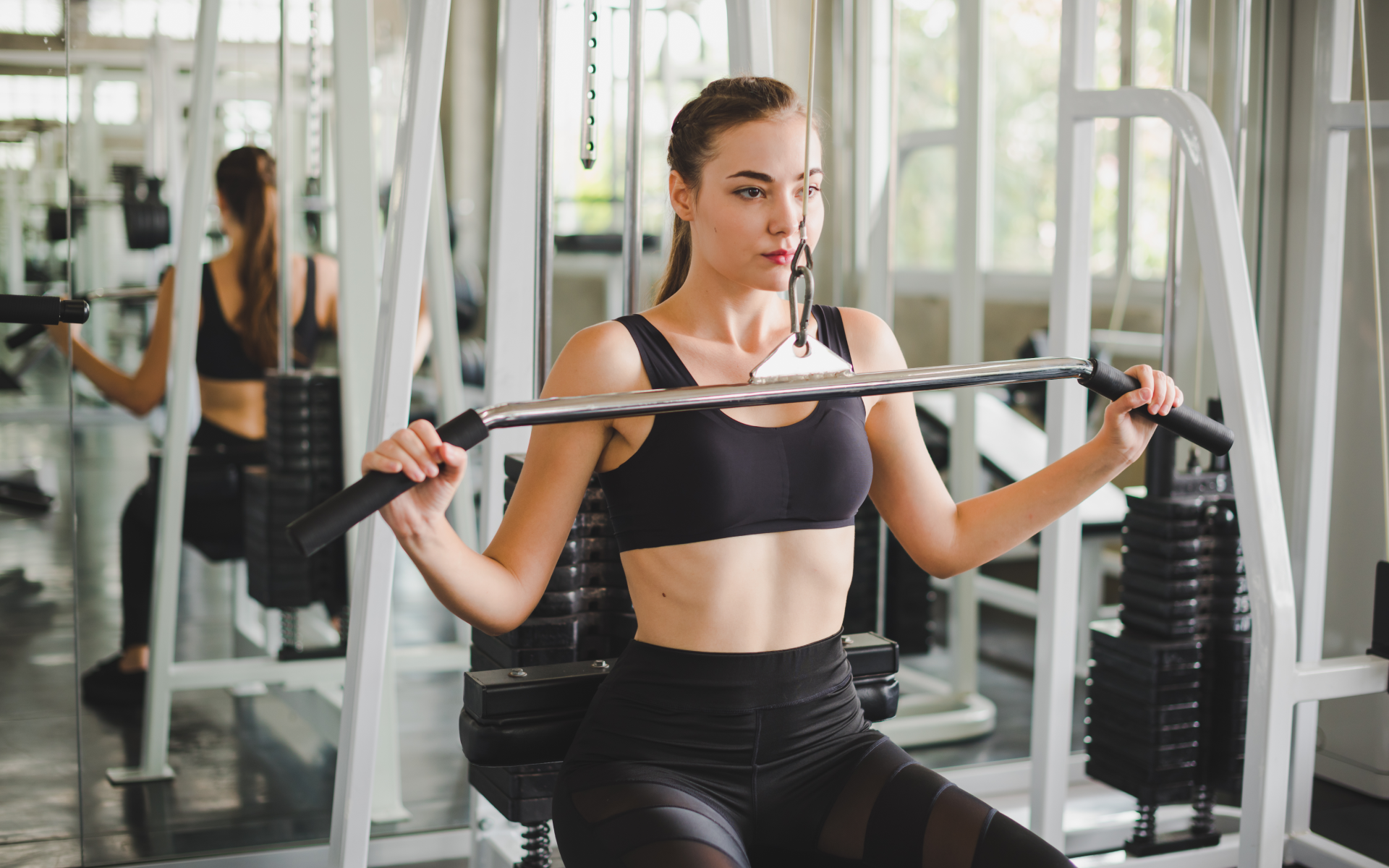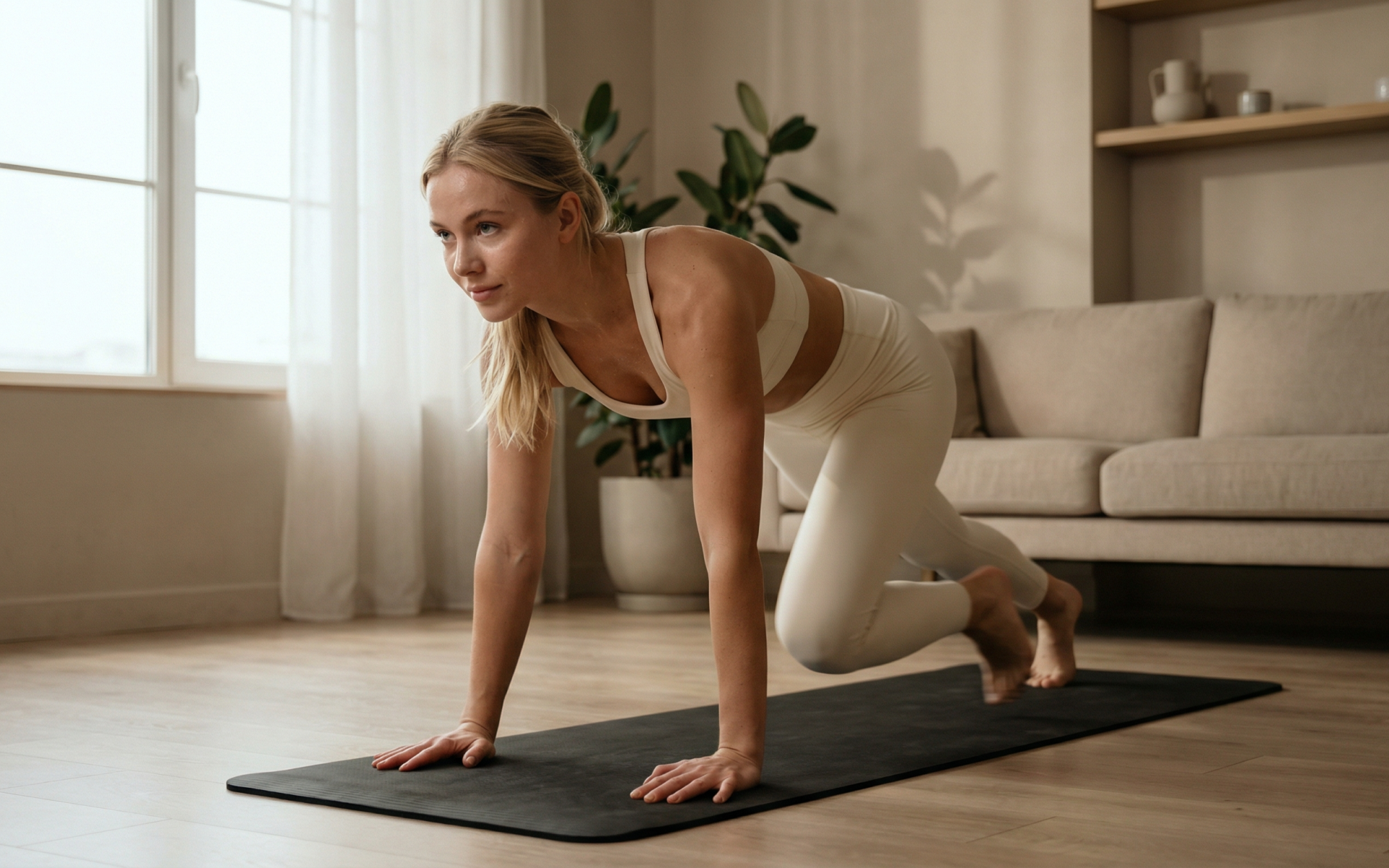If you are new to the world of fitness, whether for weight loss or if an overall better lifestyle, the language can be a little confusing if not overwhelming. One of the first things that you will, or may have noticed is the different types of workouts used. Most people tend to only do one or two of these types of which is not bad but is not the best for their results, recovery, and in some cases for their health.
Get your personalized
meal plan!
In this article we will be shedding light and educating you on what are the different types of workouts out there as well as giving you workable examples of each. We shall also be discussing types of workouts at home that are best for either young, elderly, or injured persons, what types of workouts build muscle, what types of workouts shrink belly fat, the best types of workout to lose weight, and much more.
What Are The Main Types Of Workouts?
When you type in the keyword ‘workouts to lose weight’ on your search engine, you are bound to come across examples such as running, mountain climbers, walking, kickboxing, kettlebell swings, etc. While these are still types of workouts that can work for your goal, they all tend to fall under the umbrella that is the 4 most important types of workouts.
They include:
Aerobic Exercises
Also known as endurance or cardio vascular exercises, they are the most widely known types of workouts. They are known for increasing your heart rate and breathing, giving your lungs and heart a workout and increasing their endurance. The heart and lungs are very essential to us as they help transport blood and oxygen to your many different muscles to help them function properly and remain healthy preventing injury.
This, however, is not the only reason why aerobic exercise is important. Some other equally essential reasons why you should incorporate such exercises in your life include:
1. It Helps With Weight Loss
Aerobic exercises are among the most recommended types of exercises for weight loss. When combined with a well-balanced and healthy diet it will help you quickly shed those stubborn pounds.
2. Helps Lower Blood Pressure
It is a great and natural way to help reduce your blood pressure without medicine.
3. It Increases Your Strength, Stamina, And Fitness Level
Have you noticed that you can no longer (i) take a five-minute walk without panting and sweating, (ii) play or run around with your toddler, (iii) go up a flight of stairs without your lungs or knees threatening to give out on you?
If you are experiencing any of the above signs or others related to them, then it is high time that you start incorporating some cardio exercises in your life. Overtime, your stamina will increase, you will feel tired less often and strengthen your heart, lungs, muscles and bones.
Read More: Aerobic Exercise At Home-Simple and Beneficial At-Home Aerobic Workouts
4. Helps Regulate Blood Sugar
Multiple studies have shown that when it comes to regulating blood sugar in people with type 2 diabetes, aerobic workouts work best as compared to other types of workouts.
One systematic review of about 12 studies, published online in 2013 showed that blood sugar levels were much reduced after some cardio exercises than they were after a session of resistance training. Another study done years earlier in 2010 suggested that regularly doing cardio will, in the long term significantly help the body process blood sugar. For the best benefits aerobics should be done regularly as doing so sporadically only means that the effects on blood sugar only last for approximately two days (5).
5. Boosts Your Immune System And Helps Fight Off Infections
If you are constantly battling colds and allergies then be sure to incorporate some moderate cardio into your life. One study done showed that women who walked for about 30 minutes everyday for a year reported experiencing fewer colds than those who did not.
Another Thailand study revealed that participants suffering from allergies reported that their sneezing, runny nose, and nasal itching and congestion all decreased by more than 70 percent. People who suffer from asthma are also encouraged to do some moderate cardio workouts but only after speaking to and getting a go-ahead from their doctor.
Cardio increases blood flow, reduces stress and inflammation, and can strengthen antibodies, all factors that help strengthen your immunity.
6. Helps Reduce Chronic Pain
According to a 2011 study low-impact exercises like swimming can help reduce pain in the low back and neck/shoulders by helping you get back muscle function and endurance lost (8).
7. Reduces Your Risk Of Chronic Illnesses
Lack of regular aerobic exercises has been shown to be the largest contributor of the increased risk of chronic diseases (7), such as obesity, heart disease, high blood pressure, type 2 diabetes, metabolic syndrome, stroke and certain types of cancer.
Adding regular cardio to your routine will significantly reduce this risk. If you are already suffering from a type of chronic illness then these types of workouts can help you manage the symptoms and improve your health.
8. Can Help You Sleep Better
According to the Sleep Association about 50 to 70 million people in America alone suffer from one sleep disorder or the other. If you suffer from a sleep disorder then vigorous or moderate cardiovascular exercise can help you combat this. One study done in 2010 showed that older adults (above the age of 55), who exercised regularly for 16 weeks reported improved sleep quality and reduced insomnia (1).
Balance Exercises
Just as the name suggests, balance exercises make you feel steadier on your feet and help prevent falling. While younger people can add balance exercises to their routine, they are especially important for older people.
They tend to fall over more because they may have: balance problems and muscle weakness; poor vision; a long-term health condition, such as heart disease, dementia or low blood pressure (hypotension), which can lead to dizziness and a brief loss of consciousness.
If the issue stems from balance problems, it can be easily solved through several balance workouts. One example is:
Tightrope Walk:
- Tie a piece of string to two poles.
- Hold your arms out wide to the sides.
- Walk on the string without stepping off to the side.
- Walk at least 15 steps.
If you’ve mustered up the courage to crush your weight loss goal, let Betterme take the sting out of this demanding process. Our app will help you restructure your habits, remold your life and crank up your fitness results!
Stretching/Flexibility Workouts
These types of workouts are great for improving your flexibility levels. Inflexible muscles tend to tire more quickly causing opposing muscle groups to work harder. The more tired your muscles are the more likely you are to get muscular injuries and could lead to severe joint injuries.
It could also lead to muscle cramps and pain, muscle damage, strains, and falling, and it also makes it tough to get through daily activities, such as bending down to tie your shoes. Yoga is a great workout that can help with flexibility. One example is:
- The Lizard Pose
Start in a low lunge with right foot outside right hand and left leg extended straight back. Keep the spine long and core engaged, then slowly lower onto forearms. Hold for five to eight deep breaths, allowing hips to relax and open with each exhale. Push up through hands to return to low lunge. That’s one rep.
Resistance Training
Also known as strength training, it is a form of workout that involves using your own bodyweight or tools such as gym machines, free weights, and resistance bands to build muscle mass, strength, and endurance. As the name suggests, strength training helps us rebuild the muscle mass that we lose as we age, helping us strengthen the muscles we use for our everyday activities.
However, strength training does not only benefit us by giving us stronger muscles. Some more benefits of resistance training include:
1. Prevents The Loss Of Muscle Mass
According to Harvard Medical School, we start losing lean muscle mass at around 30 years old and 3% to 5% of it every year after that. According to a 2017 study done on postmenopausal women with low bone mass doing 30 minutes of high intensity resistance and impact training twice a week helps to improve functional performance, as well as bone density, structure, and strength (6).
2. Improves And Preserves Bone Density
It helps increase your bone density and reduce the risk of osteoporosis. According to a 2018 study, resistance training helps preserve bone and muscle mass in older adults preventing osteoporosis and sarcopenia (4).
3. Aids In More Weight Loss
One study done in 2017 compared weight loss results in 3 groups of people; non-exercisers, those who only did aerobic exercises, and those who did strength training exercises four times a week. At the end of the 18-month study, those who combined weight loss efforts with strength training lost the most weight of all groups of people (3).
4. Improves Your Balance, Coordination, And Posture (2)
5. Slows Down The Progression Of Chronic Illnesses
One study done in 2016 researched on the effects of resistance training in persons suffering from several chronic illnesses such as cardiovascular disease, cancer, type 2 diabetes, chronic obstructive pulmonary disease, chronic kidney disease, Parkinson’s disease, multiple sclerosis, fibromyalgia, and HIV/AIDS.
At the end of the review, the researchers found that resistance training can slow the progression of a disease and reduce the impact and severity of the symptoms experienced. For example in:
- Diabetes patients weight lifting can increase muscle mass and potentially alter insulin sensitivity.
- In those suffering from Parkinson’s disease it can reduce the deterioration of muscle strength and improve balance and walking performance.
- Weight lifting also helps patients deal with muscular weakness, muscle pain, and generalized fatigue that comes from many chronic illnesses.
6. It’s Good For Your Mental Health And Can Help You Sleep
One 2015 study showed that those who did some form of resistance training during the day slept much better at night and another 2018 study revealed that resistance exercise training improves anxiety and depression which in turn can help you sleep better (9).
7. Helps Build Muscle Which Helps Burn Calories
Lifting weights means that you are working out your muscles which breaks them down. Once you rest you give them time to heal and grow. While cardio burns calories in the moment, weight lifting helps burn calories even at rest because muscles burn six to seven more calories than fat does.
8. Reduces The Risk Of Heart Attack Or Stroke
Strength training increases lean muscle mass, it gives your cardiovascular system places to send the blood being pumped. This results in less pressure on your arteries, which helps reduce the chances of heart-related problems.
Types Of Cardio Workouts For Better Health And Weight Loss
Here are some great cardio/aerobic workouts that are not only fun but can be easily done anywhere:
-
Jump Rope
Skipping rope is not just a fun activity for children anymore. If you are looking for some easy types of workouts at home then jumping rope fits the bill perfectly. Ropes are quite inexpensive as compared to other gym equipment and very compact that you can carry them anywhere. Plus if you have children, you can use your workout time as a fun activity for you and your kids.
-
Dancing
It is not only good for the soul but fantastic for the heart and body too. Dancing is a great and mindless way to burn some extra calories. Just put on your favourite playlist and dance alone, or with your partner/family in your living room or bedroom. If you prefer to make it a group activity, sign up for a Zumba class.
Read More: Can You Lose Weight By Dancing In Your Room: It’s Time To Crank Those Tunes Up!
-
Swimming
Swimming is a fantastic low-impact cardio workout that works well for everyone. From healthy young people, to anyone suffering from joint/knee pain, to the elderly, swimming and other water aerobics are a fun way to get a quick aerobic workout in.
-
Kickboxing
Who said that only competitive boxers are allowed to punch bags or box in general? Kickboxing is not only a great workout that could help you burn 350 to 450 calories and hour (depending on weight and intensity), but it is also great for self-defense as it involves some basic striking techniques.
-
Cycling
Whether indoors or outdoors cycling is a good workout to help you lose some weight, improve your mood, boost your immunity and improve your general health all in one.
-
Walking
Whether you are power walking or taking a leisurely stroll in the evening walking works amazingly as a fun type of cardio exercise.
Other types of cardio workouts include running, doing high knees, jumping jacks, taking the stairs, jogging in place, and more.
FAQs
-
What Types Of Workouts Build Muscle?
If you are looking for the best types of workouts to help you build muscle, then strength training exercises are your best bet. Muscle grows through the process of muscle hypertrophy, the process through which after fibers of the muscles sustain damage or injury, the body repairs damaged fibers by fusing them, which increases their mass and size.
Strength training workouts can be done either by using weight machines at a gym, lifting free weights, the use of resistance bands, or using your body weight. Resistance training workouts are further divided into two more groups:
1. Isolation exercises. These are used to tackle one specific muscle group/ joint ‘in isolation or limited number of muscle groups. Some examples of isolation exercises to help build muscle include bicep curls, hamstring leg curls, wrist curls, calf raises, and more.
2. Compound exercises. These, unlike isolation workouts, are exercises that work multiple muscle groups at the same time. They allow you to get a full-body workout in less time, keep your heart rate up offering cardiovascular benefits, simulates real-world movements, thus helping you build strength for everyday living, and generally burns more calories than isolation workouts.
Popular compound workouts include:
- Pushups. Which target your chest, arms, shoulders, and core
- Squats. They target most muscles in your lower body
- Bench presses. They target your chest, triceps, and shoulders
Reasons why BetterMe is a safe bet: a wide range of calorie-blasting workouts, finger-licking recipes, 24/7 support, challenges that’ll keep you on your best game, and that just scratches the surface! Start using our app and watch the magic happen.
-
What Are HIIT Workouts?
Also known as High Interval Intensity Training, they involve short bursts of intense exercise alternated with low-intensity recovery periods and often mix aerobic and resistance training. Some types of HIIT workouts include:
1. Tabata. It is a form of HIIT that is broken up into 8 rounds each lasting about 20 seconds with 10 seconds of rest. The whole workout lasts about 4 minutes.
2. Cardio HIIT. This is basically a high interval cardio workout that aims to increase your heartbeat.
3. Full-body HIIT. A high intensity full-body workout that works to help you lose weight and tone your muscles.
4. Weighted HIIT. This is basically normal HIIT but instead of using your body weight, you use free weights.
-
What Are The Best Types Of Workouts?
All types of workouts are good for you. There is not one that is better than the other one. You should aim to incorporate cardio, flexibility workouts, resistance training, and balance exercises.
-
What Types Of Workouts Should You Do?
As stated above, there is no one type of workout that is better than the other.
- Aerobic exercises. Work best for weight loss and for your heart.
- Resistance training will also help with weight loss, prevent illnesses, and help with muscle growth.
- Balance exercise will improve your posture and balance.
- Flexibility workouts will keep you and your muscles limber and prevent muscle pain especially after a workout.
-
What Types Of Workouts Shrink Belly Fat?
A combination of both aerobic and strength training workouts is what’s best to help you shrink belly fats. You could also incorporate HIIT to help you gain the most benefit from your workout.
The Bottom Line
At the end of the day, all types of workouts are essential for your life. They all offer different benefits that work in harmony to not only get in the best shape of your life but to also keep you healthy. Whenever you are considering making a workout routine, remember to have set days for each kind of workout.
DISCLAIMER:
This article is intended for general informational purposes only and does not address individual circumstances. It is not a substitute for professional advice or help and should not be relied on to make decisions of any kind. A licensed physician should be consulted for diagnosis and treatment of any medical conditions. Any action you take upon the information presented in this article is strictly at your own risk and responsibility!
SOURCES:
- Aerobic exercise improves self-reported sleep and quality of life in older adults with insomnia (2010, sciencedirect.com)
- Effects of Different Exercise Interventions on Risk of Falls, Gait Ability, and Balance in Physically Frail Older Adults: A Systematic Review (2013, ncbi.nlm.nih.gov)
- Effect of Exercise Type During Intentional Weight Loss on Body Composition in Older Adults with Obesity (2017, pubmed.ncbi.nlm.nih.gov)
- Effects of Resistance Exercise on Bone Health (2018, ncbi.nlm.nih.gov)
- Exercise and Type 2 Diabetes (2010, care.diabetesjournals.org)
- High‐Intensity Resistance and Impact Training Improves Bone Mineral Density and Physical Function in Postmenopausal Women With Osteopenia and Osteoporosis: The LIFTMOR Randomized Controlled Trial (2017, asbmr.onlinelibrary.wiley.com)
- Lack of exercise is a major cause of chronic diseases (2014, ncbi.nlm.nih.gov/)
- Physical exercise, body mass index, and risk of chronic pain in the low back and neck/shoulders: longitudinal data from the Nord-Trondelag Health Study (2011, pubmed.ncbi.nlm.nih.gov)
- The effect of resistance exercise on sleep: A systematic review of randomized controlled trials (2018, pubmed.ncbi.nlm.nih.gov)

